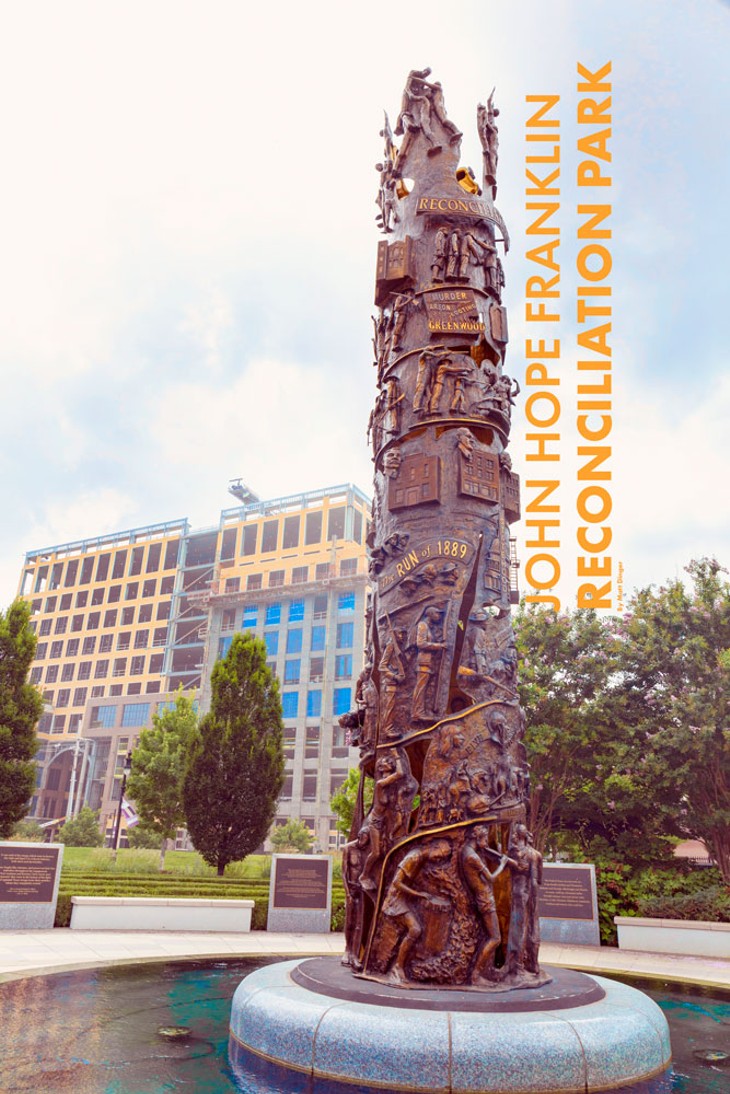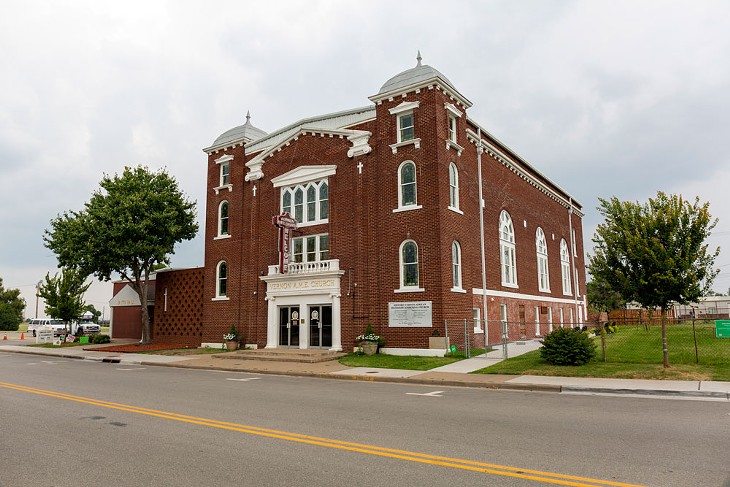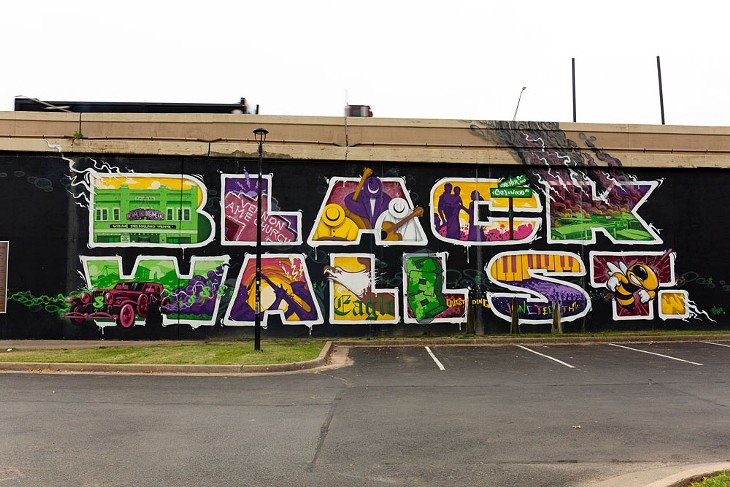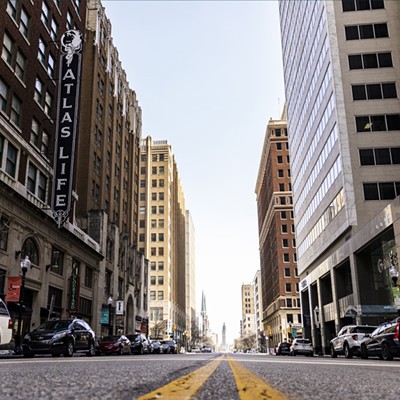After the centennial anniversary of the Tulsa Race Massacre, there is little to be said.
What remains now is a bustling block bisected by a busy interstate that was intentionally placed there in the late 1960s. Additional businesses were demolished to make way for it. This was nearly a half-century after the worst atrocity of racial violence was committed on American soil.
For the best illustration of its former glory, visit the New York Times’ online three-dimensional map. For most impact, spend some time and money in the district.
Greenwood is still there. Little of it, but it stands.
“History has a record of things certain for the hours between one day’s twilight and the next day’s afternoon. These things:
- Black Tulsans had every reason to believe that Dick Rowland would be lynched after his arrest on charges later dismissed and highly suspect from the start.
- They had cause to believe that his personal safety, like the defense of themselves and their community, depended on them alone.
- Entering the Greenwood district, people stole, damaged or destroyed personal property left behind in homes and businesses.
- People, some of them agents of government, also deliberately burned or otherwise destroyed homes credibly estimated to have numbered 1,256, along with virtually every other structure - including churches, schools, businesses, even a hospital and library - in the Greenwood district.
- Despite duties to preserve order and to protect property, no government at any level offered ad equate resistance, if any at all, to what amounted to the destruction of the neighborhood referred to commonly as ‘Little Africa’ and politely as the ‘Negro quarter.’
- Although the exact total can never be determined, credible evidence makes it probable that many people, likely numbering between one and three hundred, were killed during the riot.
- Not one of these criminal acts was then or ever has been prosecuted or punished by government at any level, municipal, county, state, or federal.
- Although city and county government bore much of the cost for [American] Red Cross relief, neither contributed substantially to Greenwood’s rebuilding; in fact, municipal authorities acted initially to impede rebuilding.
- In the end, the restoration of Greenwood after its systematic destruction was left to the victims of that destruction.
These things are not myths, not rumors, not speculations, not questioned. They are the historical record. The 1921 Tulsa Race Riot Commission thereby has discharged the mandate to develop a historical record of the 1921 Tulsa Race Riot.”














